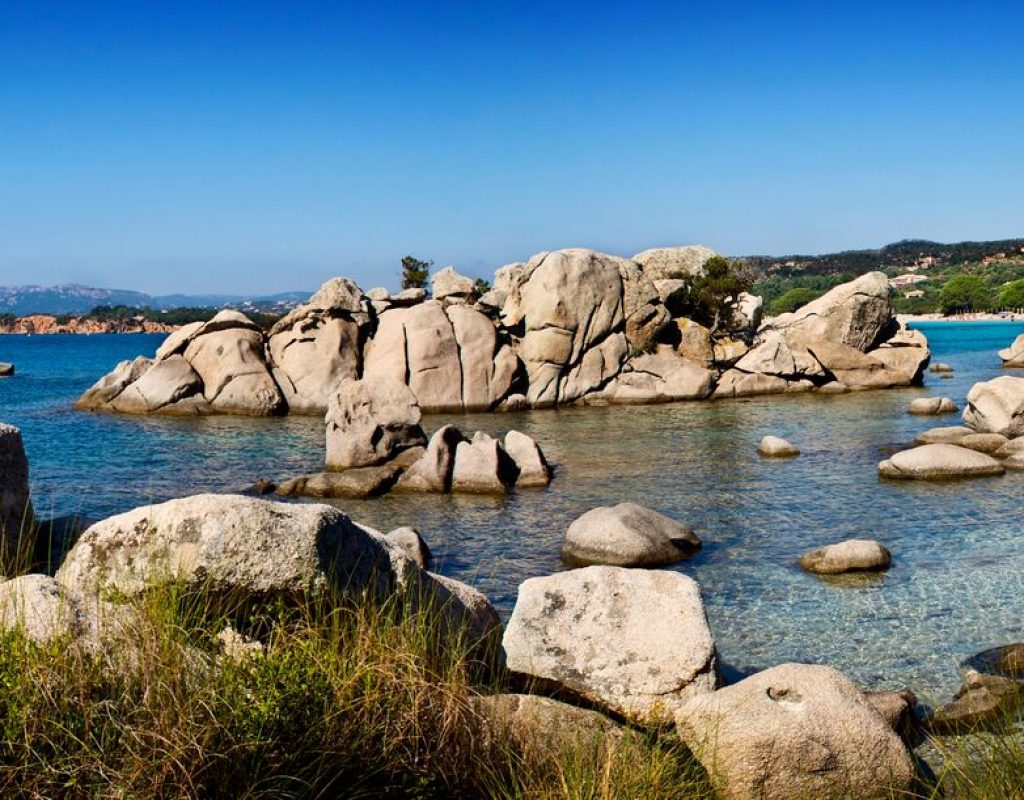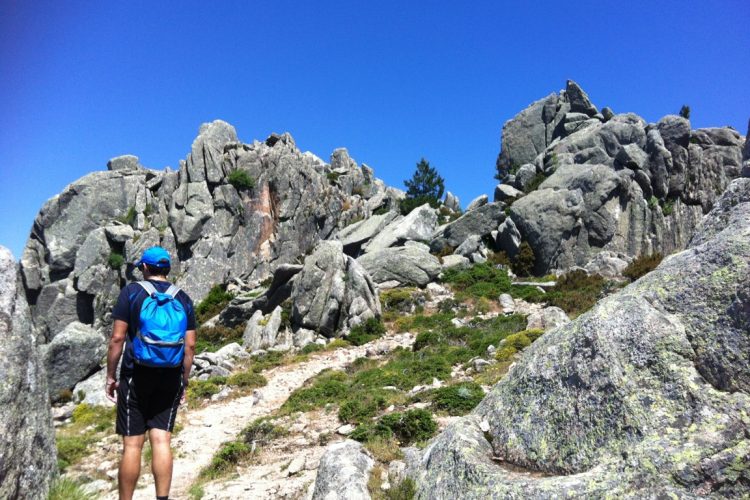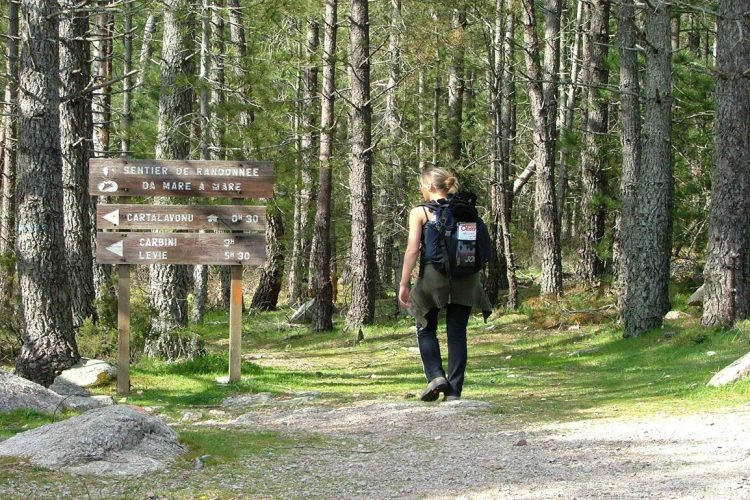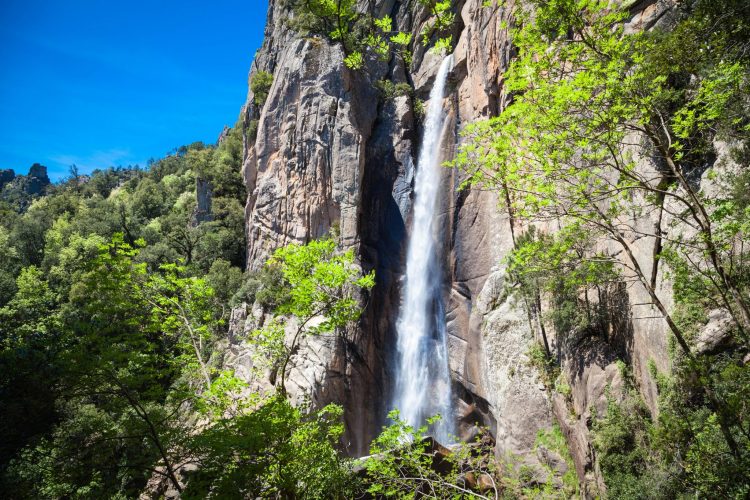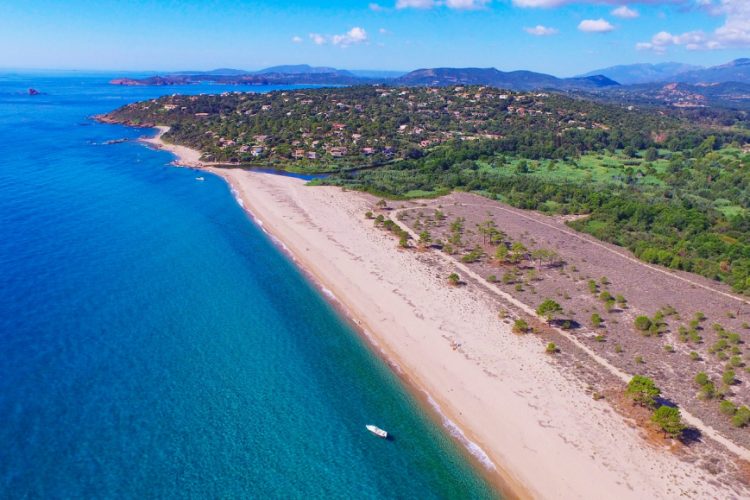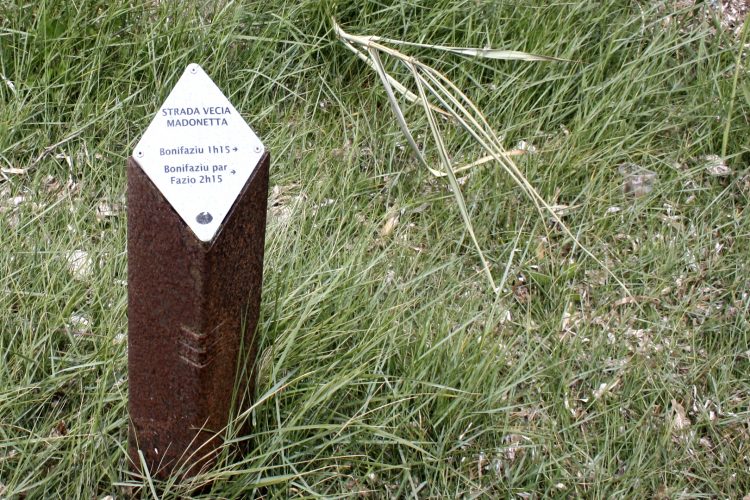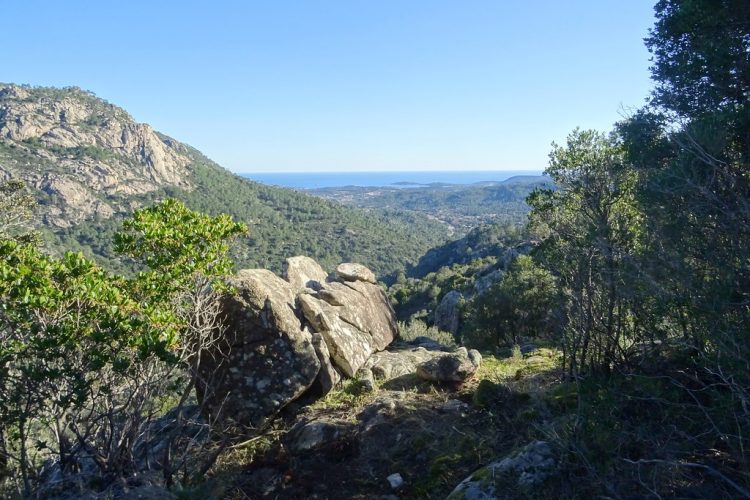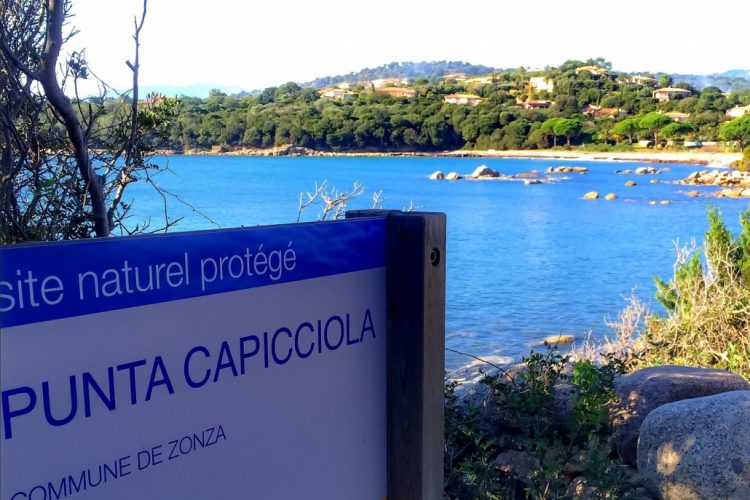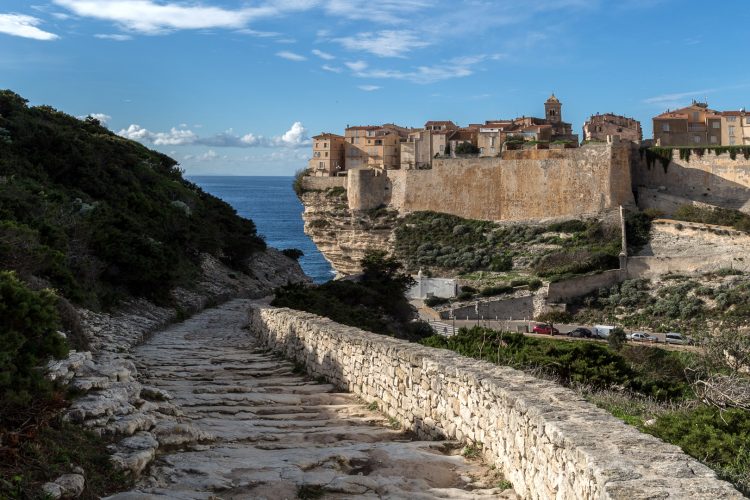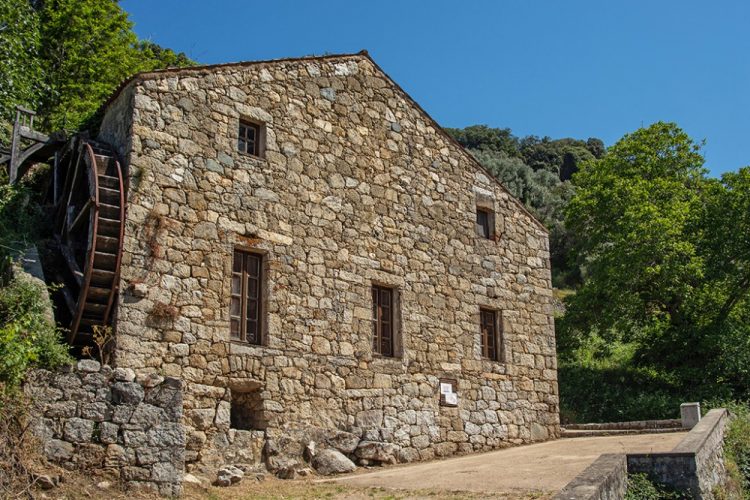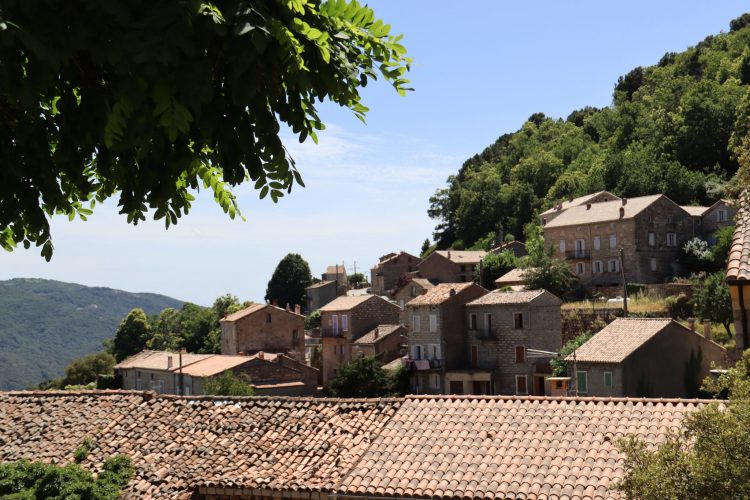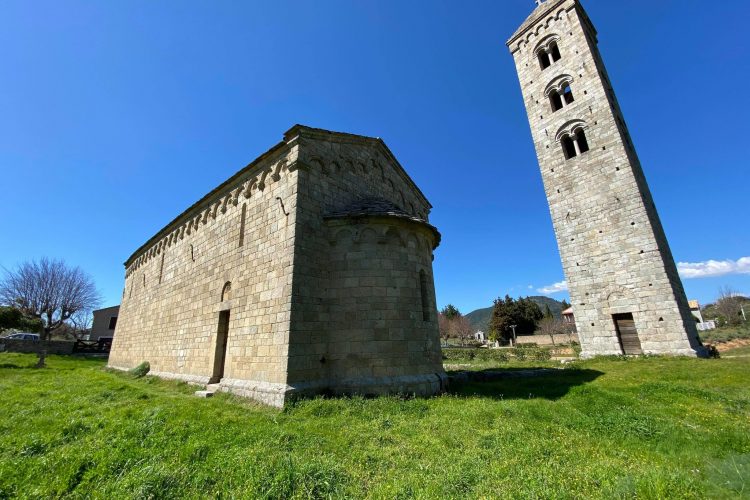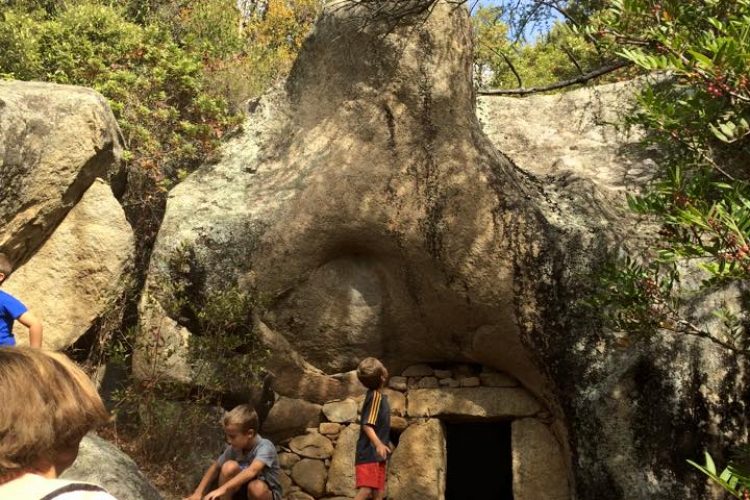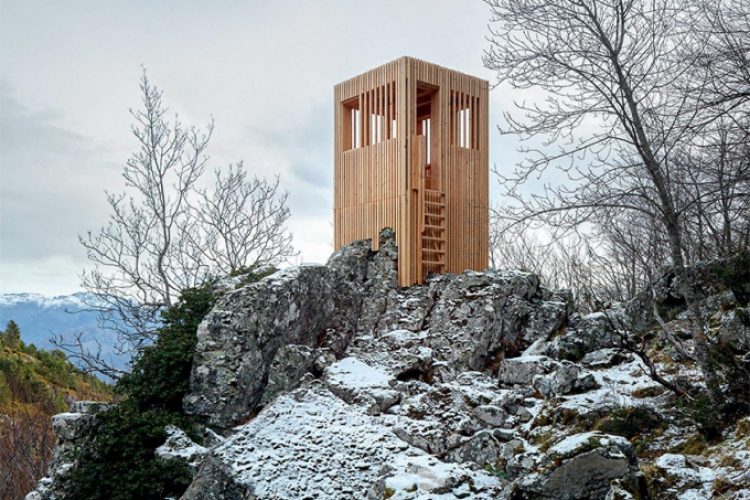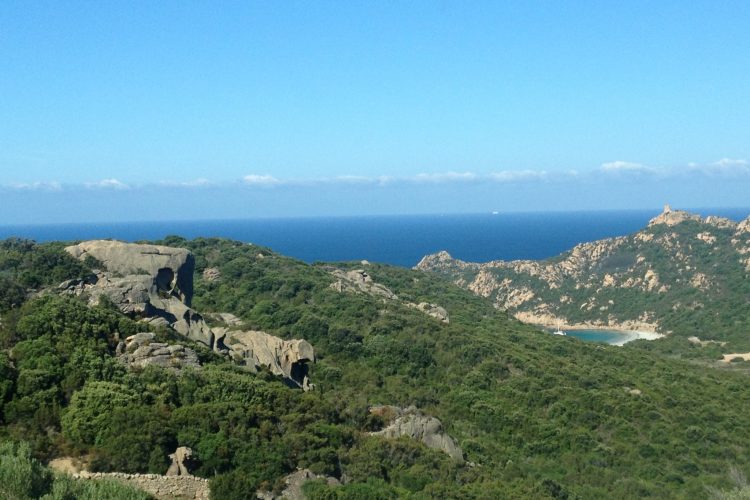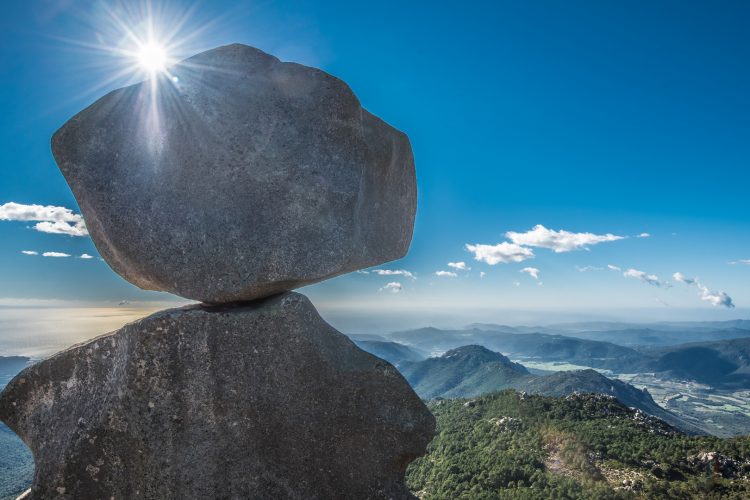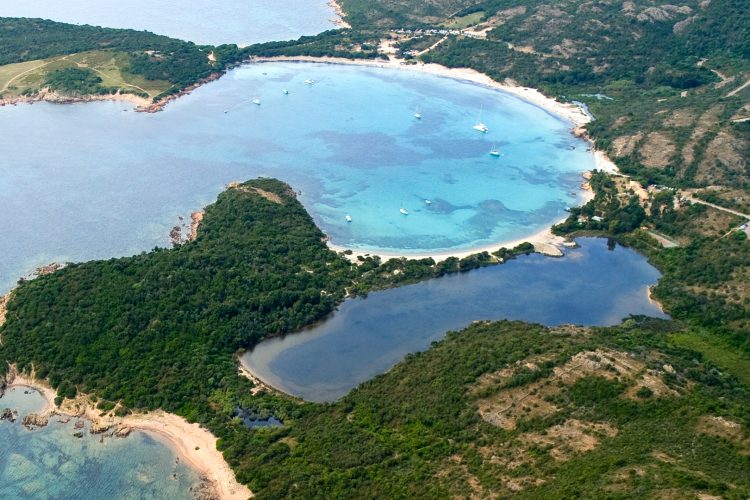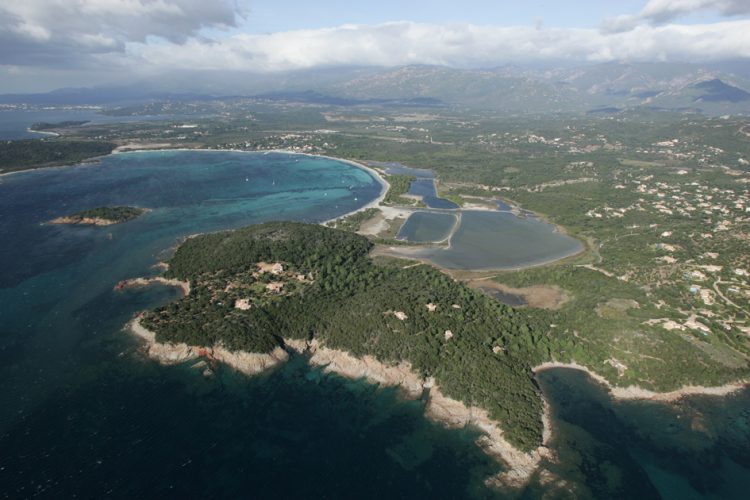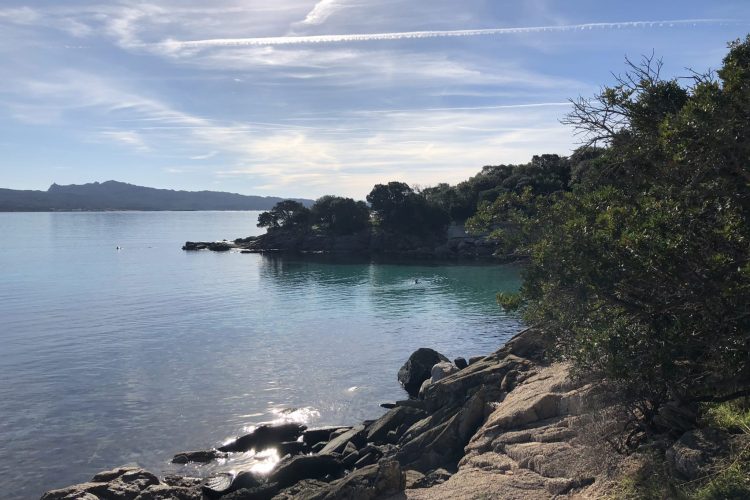Departure point : From the road, take the path to the right of the low stone wall then, at the
patte d'oie a, turn right again until you reach the beach.
Tout au long de cet itinéraire, vous découvrirez les actions mises en oeuvre par le Conservatoire et les gestionnaires. Si ce maquis est ainsi préservé, c’est en grande partie grâce à l’entretien régulier des sentiers qui évite les divagations et le piétinement de cet espace très fréquenté. Parmi les plantes protégées de Tamaricciu, il y en a une qui a donné son nom au site : le tamaris d’Afrique, dont le feuillage particulièrement fin contraste avec les frondaisons des autres arbustes. Grâce à sa résistance aux embruns et à sa croissance rapide, il orne au printemps de ses jolies fleurs roses, les franges littorales et le pourtour de la petite zone humide de l’arrière-dune.
Walk along the beach towards Punta di Colombara.
This beach of fine sand washed by the waves and the breath of the sciroccu* is gradually losing its substance. To counteract this erosion, dune-stabilising species such as oyat and armerie pungens are being propagated by a gardener and his team, using seeds collected and replanted on site.
in order to promote recovery.
Continue below the perched dune
The fossil dune, some twelve metres high, is tending to collapse under the onslaught of storms. Several rows of ganivelles* have been laid to contain this natural abrasion.
Go beyond the roundhouse to pass between the point and the rocky chaos.
This stone rotunda, damaged over time by the sea, has recently been renovated. In the company of umbrella pines, its architecture contributes to the
charm of the place. Not far from here, in the rocky areas alongside the sea crystals, you can see a plant that is extremely rare, even though it is more abundant on the surrounding islands: the velvety silene, an endemic Corso-Sardinian plant that has been given priority status as a protected species.
Once you've seen the Cerbicale islands in the distance, take the path lined with vegetation and turn left at Palombaggia d beach.
The island of Folaca and the Cerbicale islands, a nature reserve classified as a Special Protection Area for its rich bird populations - notably storm petrels and Mediterranean crested cormorants - are the guardians of the memory of times gone by. Isolated by rising sea levels in the Quaternary, reptiles have survived here, such as the tiliguerta lizard, which has evolved curious microinsular forms, and the European phyllodactyl, a small gecko that shelters in the heart of the rocks during the day.
Pass between the wetland and the scrubland to find your parking area.
This wetland, surrounded by reeds and rushes, is located in a scrubland of Phoenician juniper, holm oak and cork which, after the terrible fire of 1991, has regenerated well.

